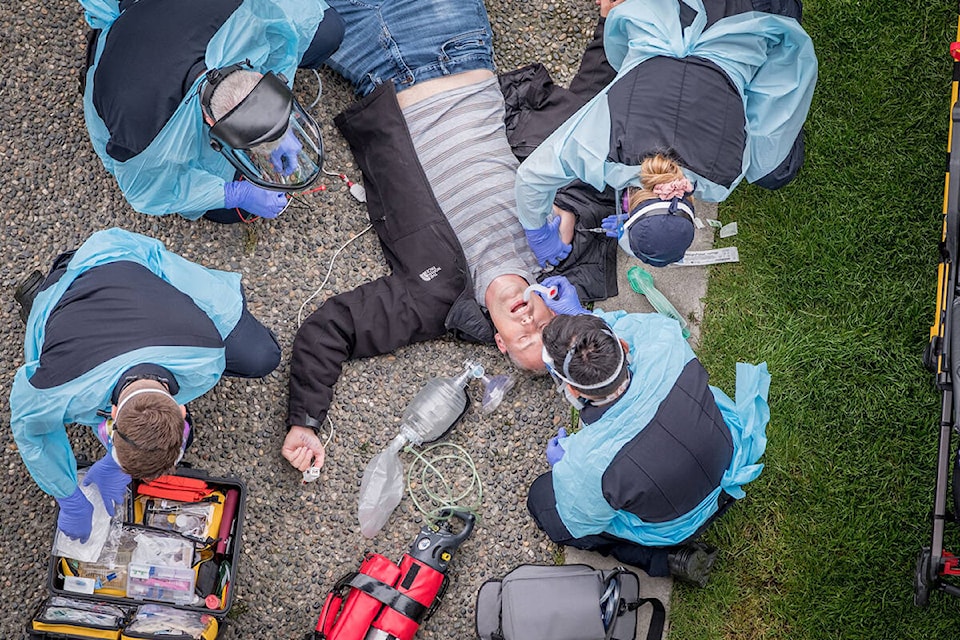According to a report released by the BC Emergency Health Services (BCEHS), Parksville has seen double the amount of overdose calls from six years ago.
The reports for 2020 and 2021 proved to be the biggest spike for the city, at 43 per cent.
In 2016, Parksville saw 56 reports; 2017 saw 55; 2018 saw 67; 2019 saw 73; 2020 saw 81; and 2021 saw 116.
Qualicum Beach has remained in the mid-to-late 20s for reports in the area.
In 2016, the town saw 26 reports; 2017 saw 28; 2018 saw 29; 2019 saw 22; 2020 saw 27; and 2021 saw 28.
On Vancouver Island, Victoria saw 1,952 overdose calls and Nanaimo saw 891.
Across the province, paramedics have responded to a 31 per cent increase in 2021 since 2020.
READ MORE: B.C. paramedics receive record number of overdose calls in 2021, up 31% since 2020
BCEHS’ yearly report reflects the number of overdose calls that paramedics have responded to within each individual community.
The provincial ambulance service’s website (www.bcehs.ca) states they have been consistently monitoring the potential overdose/poisoning call volumes across the province, and have been reporting on the numbers since the overdose crisis was declared in 2016.
When responding to a suspected overdose, BCEHS advises to first call 911 before administering naloxone, if available. Naloxone is an opioid antidote that can reserve potentially fatal effects of an opioid overdose.
The provincial government’s website (www2.gov.bc.ca) states that naloxone should be give to an unresponsive person if they are showing signs of an overdose, such as; if their breathing is slow or not breathing at all; their lips and nails appear blue; they’re choking or making gurgling sounds; their skin is cold or clammy; and they have tiny pupils.
B.C. has created a Take Home Naloxone program in order to reduce harm and deaths associated with opioid overdoses. The program will train people in overdose prevention, recognition and first aid response.
The Good Samaritan Drug Overdose Act provides some legal protection for individuals who seek emergency help during an overdose.
